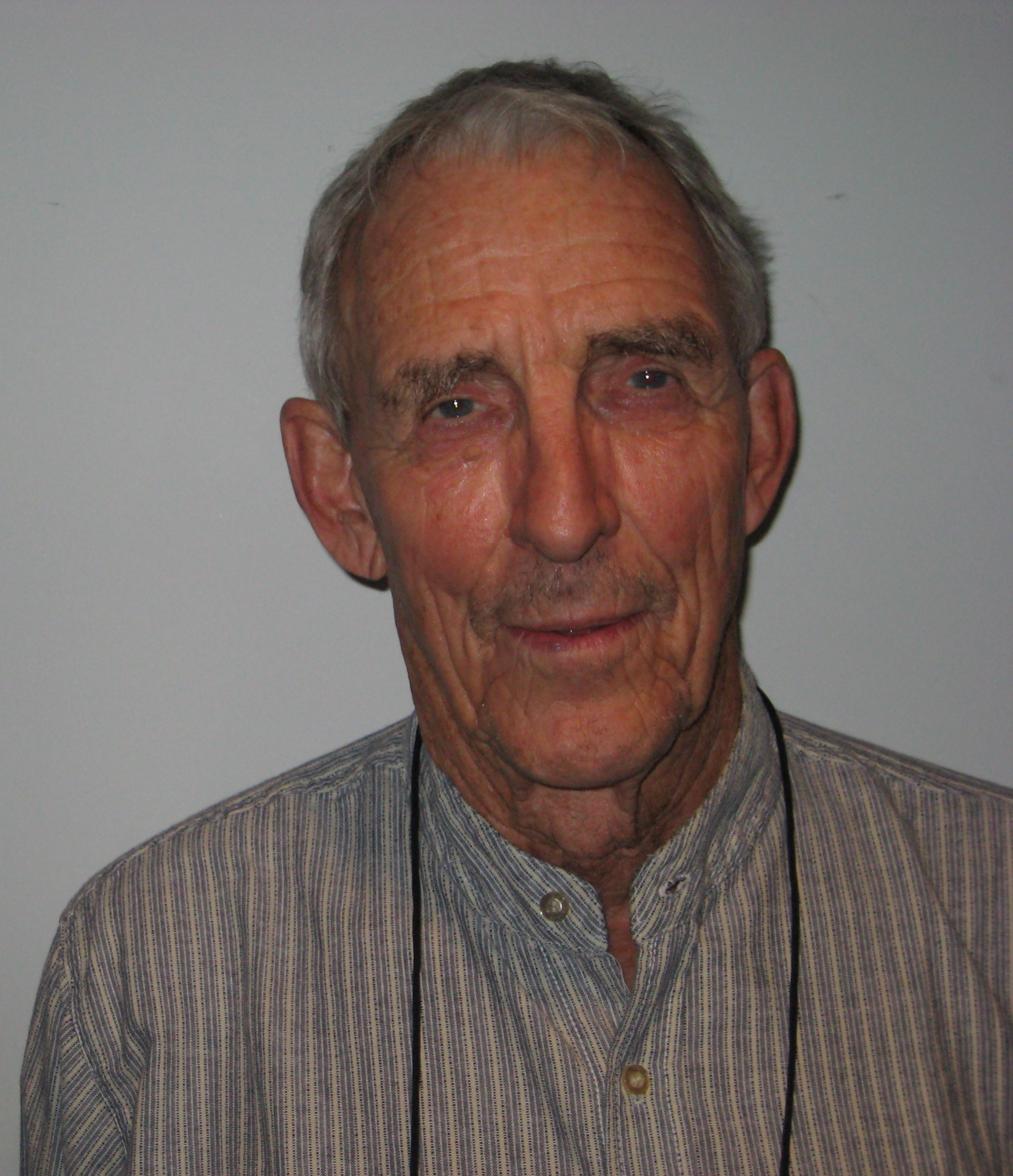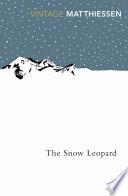“We have outsmarted ourselves, like greedy monkeys, and now we are full of dread.”
Source: The Snow Leopard
Peter Matthiessen was an American novelist, naturalist, wilderness writer, zen teacher and CIA officer. A co-founder of the literary magazine The Paris Review, he was the only writer to have won the National Book Award in both fiction and nonfiction. He was also a prominent environmental activist. Matthiessen's nonfiction featured nature and travel, notably The Snow Leopard and American Indian issues and history, such as a detailed and controversial study of the Leonard Peltier case, In the Spirit of Crazy Horse . His fiction was adapted for film: the early story "Travelin' Man" was made into The Young One by Luis Buñuel and the novel At Play in the Fields of the Lord into the 1991 film of the same name.
In 2008, at age 81, Matthiessen received the National Book Award for Fiction for Shadow Country, a one-volume, 890-page revision of his three novels set in frontier Florida that had been published in the 1990s. According to critic Michael Dirda, "No one writes more lyrically [than Matthiessen] about animals or describes more movingly the spiritual experience of mountaintops, savannas, and the sea."Matthiessen was treated for acute leukemia for more than a year. He died on April 5, 2014, three days before publication of his final book, the novel In Paradise on April 8.
Wikipedia

“We have outsmarted ourselves, like greedy monkeys, and now we are full of dread.”
Source: The Snow Leopard
The Snow Leopard (1978)
Nine-Headed Dragon River: Zen Journals 1969-1982 (1986)
The Snow Leopard (1978)
Context: The ancient intuition that all matter, all “reality,” is energy, that all phenomena, including time and space, are mere crystallizations of mind, is an idea with which few physicists have quarreled since the theory of relativity first called into question the separate identities of energy and matter. Today most scientists would agree with the ancient Hindus that nothing exists or is destroyed, things merely change shape or form; that matter is insubstantial in origin, a temporary aggregate of the pervasive energy that animates the electron. … The cosmic radiation that is thought to come from the explosion of creation strikes the earth with equal intensity from all directions, which suggests either that the earth is at the center of the universe, as in our innocence we once supposed, or that the known universe has no center. Such an idea holds no terror for mystics; in the mystical vision, the universe, its center, and its origins are simultaneous, all around us, all within us, and all One.
The Snow Leopard (1978)
Context: The progress of the sciences toward theories of fundamental unity, cosmic symmetry (as in the unified field theory) — how do such theories differ, in the end, from that unity which Plato called “unspeakable” and “indiscribable,” the holistic knowledge shared by so many peoples of the earth, Christians included, before the advent of the industrial revolution made new barbarians of the peoples of the West? In the United States, before spiritualist foolishness at the end of the last century confused mysticism with “the occult” and tarnished both, William James wrote a master work of metaphysics; Emerson spoke of “the wise silence, the universal beauty, to which every part and particle is equally related, the eternal One . . .”; Melville referred to “that profound silence, that only voice of God”; Walt Whitman celebrated the most ancient secret, that no God could be found “more divine than yourself.” And then, almost everywhere, a clear and subtle illumination that lent magnificence to life and peace to death was overwhelmed in the hard glare of technology. Yet that light is always present, like the stars of noon. Man must perceive it if he is to transcend his fear of meaningless, for no amount of “progress” can take its place. We have outsmarted ourselves, like greedy monkeys, and now we are full of dread.
The Snow Leopard (1978)
Context: The progress of the sciences toward theories of fundamental unity, cosmic symmetry (as in the unified field theory) — how do such theories differ, in the end, from that unity which Plato called “unspeakable” and “indiscribable,” the holistic knowledge shared by so many peoples of the earth, Christians included, before the advent of the industrial revolution made new barbarians of the peoples of the West? In the United States, before spiritualist foolishness at the end of the last century confused mysticism with “the occult” and tarnished both, William James wrote a master work of metaphysics; Emerson spoke of “the wise silence, the universal beauty, to which every part and particle is equally related, the eternal One . . .”; Melville referred to “that profound silence, that only voice of God”; Walt Whitman celebrated the most ancient secret, that no God could be found “more divine than yourself.” And then, almost everywhere, a clear and subtle illumination that lent magnificence to life and peace to death was overwhelmed in the hard glare of technology. Yet that light is always present, like the stars of noon. Man must perceive it if he is to transcend his fear of meaningless, for no amount of “progress” can take its place. We have outsmarted ourselves, like greedy monkeys, and now we are full of dread.
The Paris Review interview (1999)
The Paris Review interview (1999)
"October 5", p. 42
The Snow Leopard (1978)
